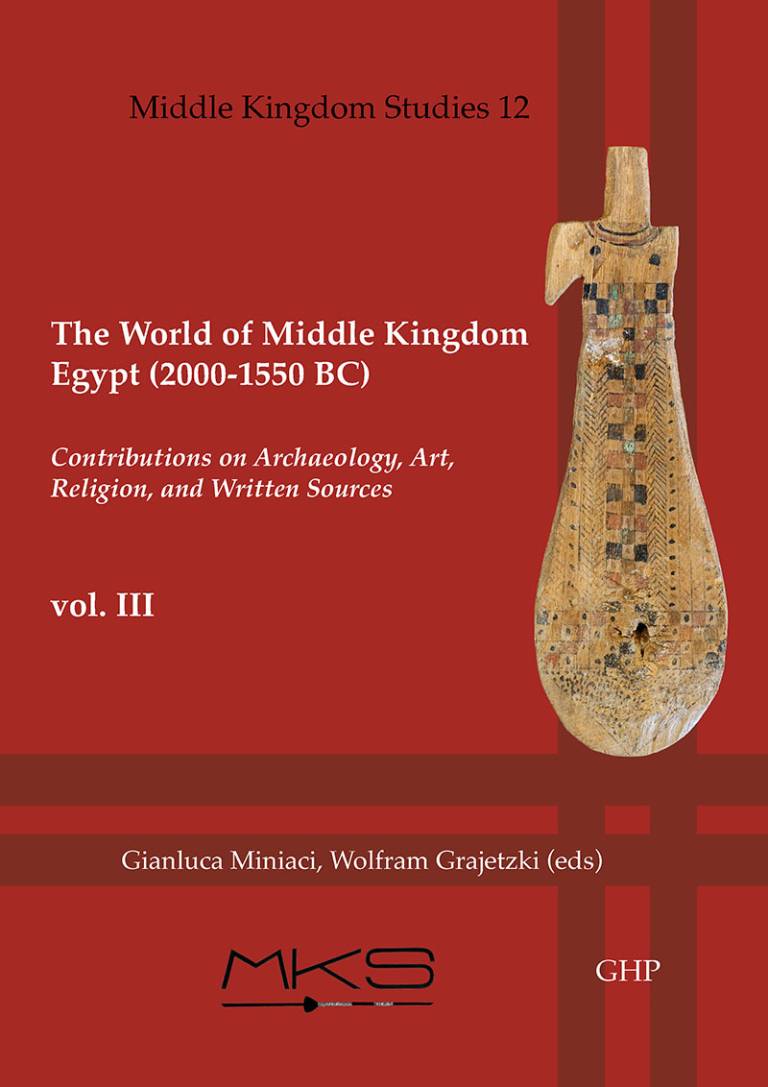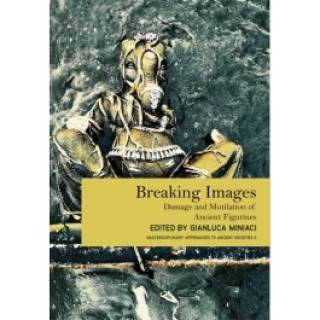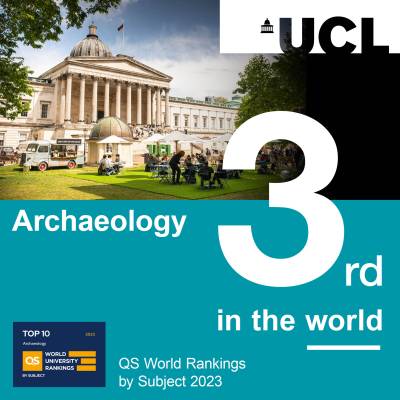New volumes on Egyptian archaeology by Honorary colleagues are now available
28 March 2023
New edited volumes by Gianluca Miniaci (Honorary Research Fellow) and Wolfram Grajetzki (Honorary Senior Research Fellow), UCL Institute of Archaeology, have been published recently.

Gianluca Miniaci and Wolfram Grajetzki (eds.), The World of Middle Kingdom Egypt (2000-1550 BC). Contributions on archaeology, art, religion, and written sources. Vol. III
ISBN 9781906137748
Abstract:
The volume includes 22 essays on Middle Kingdom and Second Intermediate Period Egypt, ranging from archaeological records to written sources, from prosopography to landscape studies. Several contributions focus on object study, including coffins, stelae, shells, toilet objects, headdresses, and weapons. The articles include a high number of first time published objects.
Further details
Gianluca Miniaci (ed.), Breaking Images: Damage and Mutilation of Ancient Figurines - Oxbow Books
ISBN: 9781789259148
Abstract:
Archaeological remains are ‘fragmented by definition’: apart from exceptional cases, the study of the human past takes into account mainly traces, ruins, discards, and debris of past civilisations. It is rare that things have been preserved as they were originally made and conceived in the past. However, not all the ancient fragmentary objects were the ‘leftovers’ from the past. A noticeable portion of them was part and parcel of the ancient materiality already in the form of a fragment or damaged item. The phenomenon of fragmentation can be thus explored with more outcomes for a category of objects that played an important role inside the society: the figurines. Due to their portability and size, figurines are particularly entangled and engaged in social, spatial, temporal, and material relations, and – more than other artefacts – can easily accommodate acts of embodiment and dismemberment.

The scope of this volume is to search for traces of any voluntary and intentional fragmentation of ancient artefacts, creating, improving, and sharpening the methods and principles for a scientific investigation that goes beyond single author impression or sensitivity. The comparative lens adopted in this volume can allow the reader to explore different fields taken from ancient societies of how we can address, assess, detect, and even discuss the action of breaking and mutilation of ancient figurines.
 Close
Close


